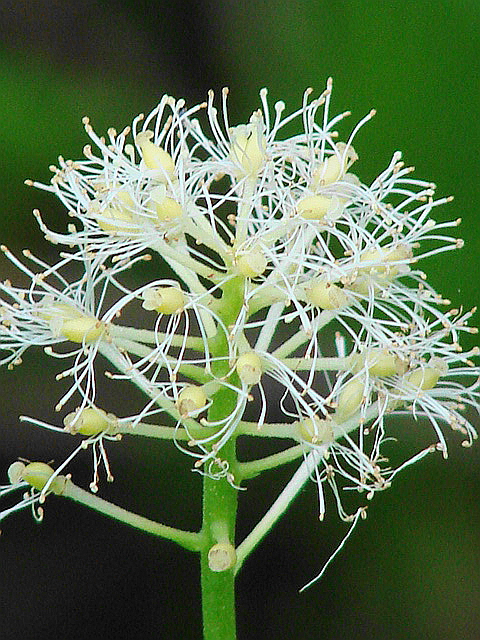Hosted by the University of Washington Herbarium, Burke Museum
Publication: Enum. Pl. 1: 561. 1809.
Origin: Native
Herbarium search: CPNWH
Notes: FNA3: "The "eye" formed by the persistent stigma in Actaea rubra is smaller than that in A . pachypoda .
Actaea rubra is part of a circumboreal complex and is very similar to the black-fruited European species A . spicata Linnaeus, with which it is sometimes considered conspecific. The western North American plants of A . rubra have been called A . arguta and were distinguished on the basis of their smaller berries, more pubescent leaves, and narrow, more dissected leaflets. Those distinctions, however, are weak; specimens from the West often have fruits and leaves similar to those of plants from the East. A thorough study of A . spicata in the broad sense, on a worldwide scale, is needed to resolve the delimitation of taxa within this complex.
Plants with white fruit, sometimes distinguished as Actaea rubra forma neglecta (Gillman) H. Robinson, are frequent and are more common than the red-fruited form in many localities.
Native Americans used various preparations made from the roots of Actaea rubra medicinally to treat coughs and colds, sores, hemorrhages, stomachaches, syphilis, and emaciations; preparations from the entire plant as a purgative; and infusions from the stems to increase milk flow. It was also used in various ceremonies (D. E. Moerman 1986)."
Last updated 6/17/2020 by David Giblin.

